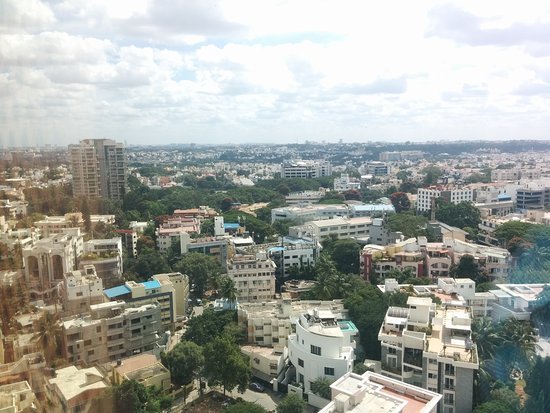Modern Urbanism
Modern Urbanism can be referred to as an enhanced approach and intervention to the underlying issues of urban planning. It is basically a modern outlook or discipline towards the aspects of urban growth and development. It is a process of ‘Rethinking’ our urban spaces. This involves studying of the existing patterns and then taking reference from the past. This eventually leads to drawing conclusions for the present and future of the city. Modern urbanism helps to evolve a strategic development plan for the upcoming cities. As a result, this helps to avoid the shortcomings that the current cities face. Moreover, it also involves taking learnings from the past civilizations and their ways of planning and inculcating them in the modern context. Therefore, achieving the best amenities and planning techniques in a city.
How can Architecture help to achieve modern urbanism?
Architecture indeed is a key feature when it comes to urban planning. It is the architectural language that helps in achieving a well-planned urban scheme. The architecture of the buildings, the spaces and the landscape is what makes an urban scheme ‘well-articulated’. The architectural imagery is also a very vital aspect. Architectural imagery and style give an identity to the urban space.
In order to understand how architecture defines the urban fabric. Let us have a look at this example. Mumbai is identified for its ‘compact’ culture whereas, Bengaluru is identified by its ‘openness’. The urban fabric of Mumbai is such that it has a lot of cramped up high rise structures. The reason is obviously the density of population and less available land. In Bengaluru, the population density is well maintained. Also, there is good availability of land as compared to Mumbai. Hence, the culture of ‘Individual housing’ prevails here. Therefore, we can see that even one single aspect such as of the type of housing adds some influence to the whole fabric of a city.


The relation between Architecture and Urbanism
Urbanism as a concept is prevalent with different definitions in different cultures. A series of aspects like climate, landscape, physical conditions and industrial development are all responsible for the shaping of urban space. Thus, urbanism also influences lifestyle. We can here also say that in a way it is an architecture that influences the peculiar lifestyle of a certain city. Culture and lifestyle also play influential roles here. Also, it the quality of ‘adaptation’ that helps in planning better cities. While understanding the fabric of a city we must analyse how well a city adapts to its existing conditions. Hence we must also analyse what are the projected future needs that can improve the urban space. Eventually, sustainable ways can be planned to meet these needs.
These aspects have always existed in cities since ancient times. The only thing that went on a transformation was the nature of these spaces. The informal open spaces translated into formal public parks, gardens and playgrounds. The old markets and community gathering spaces got upgraded to public squares and eventually to shopping arcades and malls. The transformation spaces were in a way a transformation of architecture. Thus a transformation of the idea of ‘urbanism’ also. Hence we could say that architecture and urbanism have a symbiotic existence.
Conclusion
We often see a disruption between architecture and urbanism, in spite of them being interrelated. Bad planning decisions sometimes lead to bad architecture. As a result, the built forms seem to have no connection with the ideology of the planning. Thus we end up with poorly planned cities with a heap of urban planning issues. To avoid such instances, having a deep understanding of the existing architectural fabric is important while planning any city. The existing conditions must be scrutinized to make a thorough analysis of future needs. Moreover, to make way for planning techniques and ideas, the culture, people and lifestyle also need to be understood, This appropriate balance between the architecture and the urbanism is only going to help us to make cities future-ready. This will help us achieve cities that are sustainable and future-ready.



